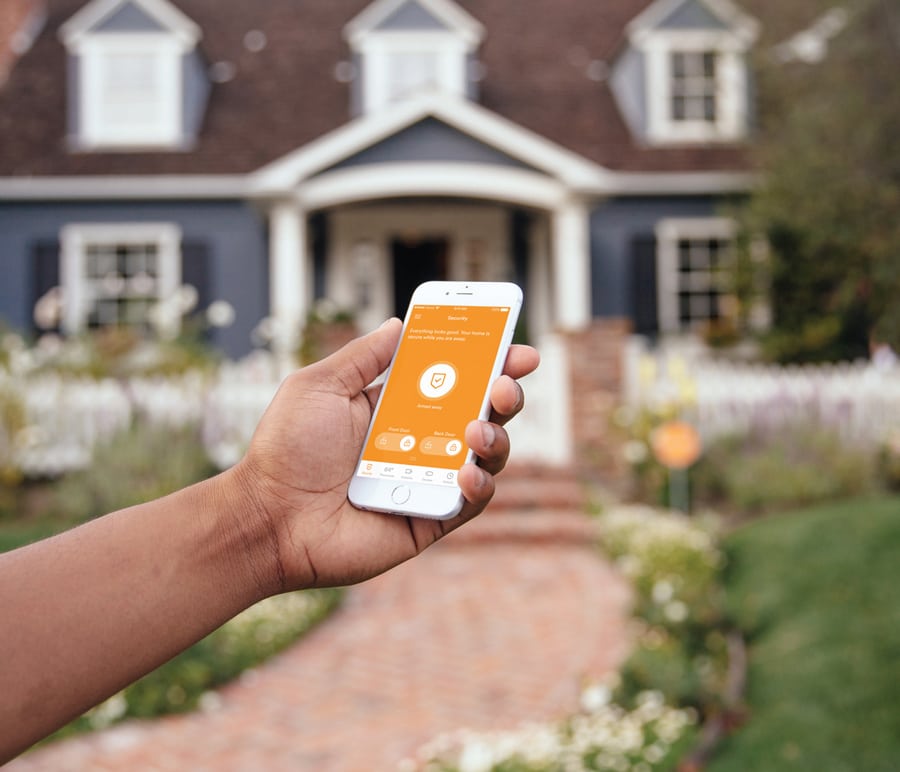Whether you want to keep a remote eye on an elderly relative living alone in a rural area or simply want to use your smartphone from your office to open your kitchen door back home for the electrician or plumber, there’s a system or feature to make that possible in a smart home.
And while the idea of a smart home with dazzling technology is still a novelty in some areas, experts say the security and remote access features are rapidly becoming a practical part of modern living.
“The home is the largest investment for most people, and security is important,” says Trevor Lambert, senior director of brand management for Vivint Smart Home.
The ability to remotely access a doorbell camera or receive a notification when the front door opens contributes to the security and safety of the home, Lambert says. In rural areas, particularly where neighbors may be few and far between, remote monitoring of smoke or fire sensors increases the safety of the home and the peace of mind of the homeowner.
“Loud alarm systems and video surveillance sent directly to cell phones seem to be the best tech for security in rural areas,” says Kevin Roy, energy advisor for Pickwick Electric Cooperative in Selmer.
A number of good security cameras on the market allow a person to see what’s going on inside or outside the home, says Brian Sloboda, senior program manager for the Cooperative Research Network of the National Rural Electric Cooperative Association.
“A good security system allows you to (remotely) check your livestock or check your tractor to see that it’s where it’s supposed to be,” he says.
Some of these systems can be installed by the homeowners themselves, however.
“Plug-and-play alarm and video systems seem to be the most common for do-it-yourselfers,” says Roy.
David Siroty of Coldwell Banker Real Estate calls it property management from a distance. He sees the value of remote camera and monitoring systems increasing in an aging America.
An older family member in the early stages of dementia might be able to remain at home longer with some simple monitoring, Siroty says. “As baby boomers retire, more of these features are going to become very valuable.”
Dave Pedigo of the Custom Electronic Design and Installation Association agrees.
“For an aging population, it (smart-home technology) isn’t just nice or exciting,” he says. “Seniors can stay in their homes longer.”
A recent blog post on an AARP site said smart-home technology has the potential to allow older adults to stay connected with family and friends. The post cautioned that the technology can be confusing for older adults and that some elderly citizens don’t have access to high-speed internet at home. Those are issues that must be considered in smart-home improvements.
Sloboda says consumers are using smartphones and tablets in record numbers across all age groups. In years to come, a smart-home camera system could be the electronic equivalent of photo albums and family visits.
“You could see the grandkids growing up in real time, not in now-and-then photos or in visits months or years apart,” Sloboda adds.



